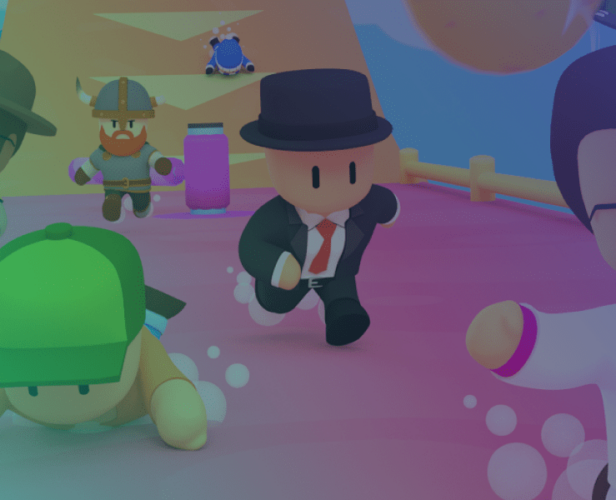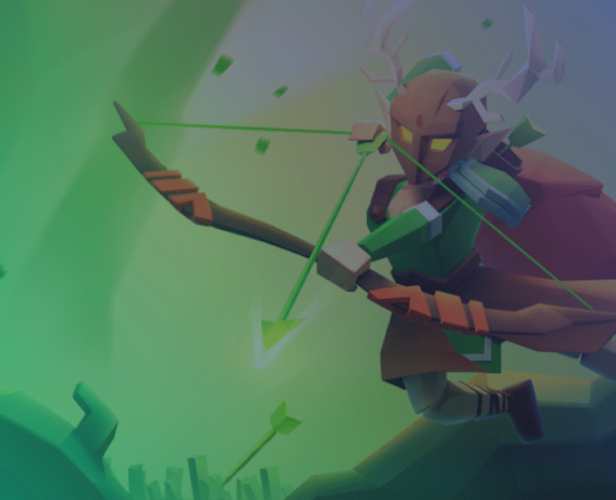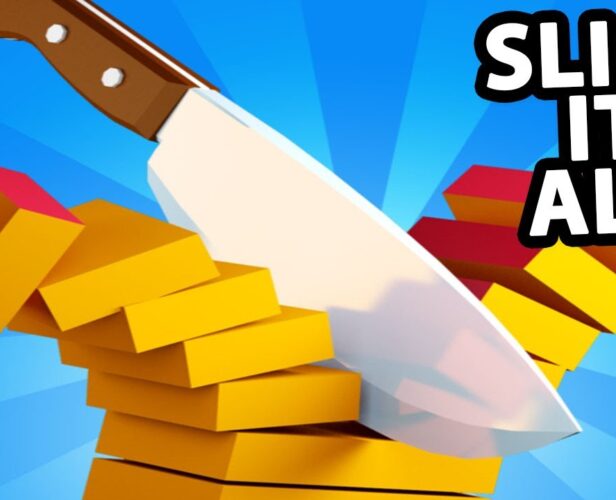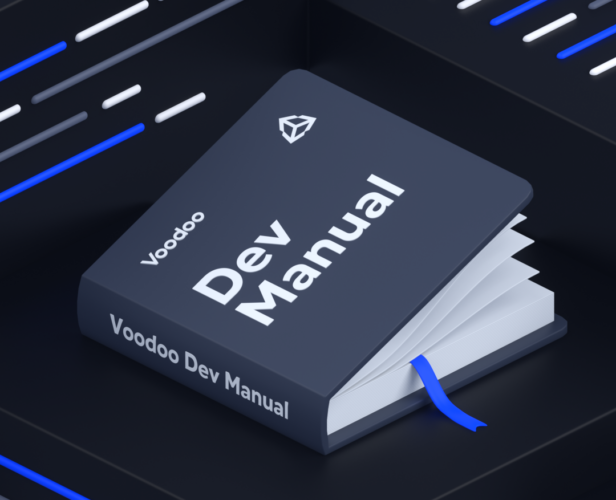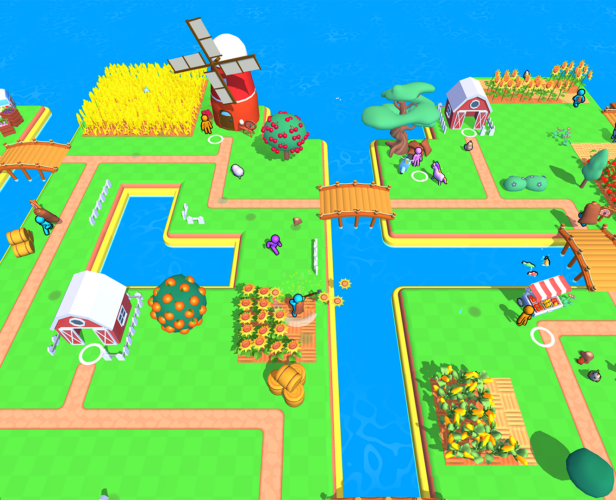Category
Game Design
#Game Design
6 (more) narrative techniques to make better games
In our last article, we covered the three major C’s of storytelling: character, conflict, and change. Using these rules will set the foundation of your game’s narrative. But that doesn’t mean your work is done. There’s so much more to building a strong narrative. And in part two of our storytelling series, we cover six narrative techniques you can use in your titles to help boost your storytelling and character development. Let’s get to it. 1. Consider a shared story You might not want to go into a huge amount of detail for every game you create (especially if you’re working with hyper-casual or casual titles – which have notoriously short lifespans). While it would make each game unique, it can take a lot of time. Instead, think about whether you can create a single story that all your games tie...
#Game Design
Reaching a +40M playerbase: advice from Trihex Studios
Unless you’ve been living under a rock for the last few years, you’ve probably heard of Roblox. It’s a gaming platform with over 30 million games – which they call experiences – 52 million daily active users (DAU) and 12 million creators at the time of writing. One of the keys to its success is that it makes it exceptionally easy to create and release games on its platform. We spoke with Tae Kim and Eric Park, co-founders of Trihex Studios and the minds behind Redcliff City – one of the most popular titles on Roblox which has, this year alone, amassed a community of more than 40 million unique players. During our conversation, we asked them what mobile developers could learn from Roblox and how they could make the move over to the platform. Here’s their advice. First up,...
#Game Design
Improving your mobile game with narrative (Pt 1)
What comes to mind when you think about narrative design? You probably imagine Bioshock, Mass Effect or even Stanley Parable – story-driven games where the player’s choices affect the ending. How could you possibly incorporate any of that into a mobile game? But narrative design isn’t just about branching storylines and giant flowcharts. It can actually be a lot more subtle. Narrative design is about creating a consistent narrative. It’s not just about telling a story, but about showing it in your mechanics, user interface and prompts. It’s the small snippets of audio, item descriptions and visual iconography. Narrative design is about deciding what your story is and making sure that you’re staying consistent with that larger vision. In this article, we’re going to explain the basics of a good story and then talk about a few ways you can...
#Game Deconstructions
6 games that successfully layer in meta mechanics
As we’ve mentioned before, the hyper-casual market is being forced to change. With more competition, higher CPIs and tightening margins, developers need to increase their retention if they’re going to continue making money, now more than ever. And to do that, they must layer more mechanics and elements into their games. We’ve explored how and why developers can – and should – shift from hyper-casual to hybrid-casual. But if you’re still struggling to see how that might be possible, let’s look at a few games that have used meta mechanics to make their game more engaging. Here are six games that have a short, simple and satisfying core loop, but have layered in meta features to increase their retention. Let’s dive in. 1. Archero: How to add progression systems well Developed by Habby, released 24th March 2019. This was one...
#Game Deconstructions
How Stumble Guys hit 225m downloads
It’s no secret that Stumble Guys is heavily influenced by Fall Guys. When Fall Guys came out in 2020, it had many clones. But none of them stuck. And none of them even touched the amount of success that Stumble Guys achieved over the last few months. So what makes Stumble Guys different? Well, Kitka Games spent a lot of time polishing this title, layering in a range of social and meta-features to keep players engaged. Despite its rocky start (it only had a few thousand players for more than a year after it first launched), it’s now one of the top games on the app stores, with over 225 million downloads and $40 million in revenue. Not surprising then, that it’s claimed the number one spot in the charts for several weeks running. But how was Kitka Games so...
#Game Design
Six features that turn a hyper-casual dud into a hybrid-casual hit
Cracking the hyper-casual market is more challenging than ever. Why? Quite simply, there’s too much competition. This simultaneously drives up the cost of getting new players and makes it easier for players to churn. And that’s particularly problematic because – with higher acquisition costs – studios need higher retention rates if they’re going to make a profit. But a new genre has emerged: Hybrid-casual. Studios have realised that if they’re going to keep retention high, they need to layer in more features and aspects of meta-game. The tact is to keep the core gameplay short, simple and satisfying, but add meta-features that encourage players to keep coming back. Features like progression systems and collectibles that add more depth to the core game. (You can read more about why the shift is happening in our other post on the topic.) In...
#Game Design
Getting Mobile Multiplayer Right (part 2): Design, testing, and scaling
Image courtesy of Hypernia Gaming News. As we saw in part one of our multiplayer series, the mobile multiplayer opportunity is bigger than ever. And there are a lot of reasons you should make multiplayer part of your next mobile release. But how do you get started with actually implementing multiplayer into your mobile game? There’s a lot to consider. And a bounty that makes it easier than ever to get right. You’ll need to read more than a two-part blog post to master it all, but we’ve done our best to round up as many pointers and links to get you started on the right path. So let’s dig into part two. There are rules to mobile Over the years, mobile gaming has diversified (and then some). Game genres like casual, mid-core, hyper-casual, pay-to-earn and premium now offer very...
#Game Design
Getting Mobile Multiplayer Right (Part 1): History, Genres, and Motivations
Adding multiplayer elements to your mobile game is a straight-up win-win situation. It creates a sense of community, brings a competitive edge, and gives your players a reason to come back. Taking all that on might feel intimidating. But today, building quality mobile multiplayer is easier than you might think. But how exactly do you make your mobile game multiplayer? What steps do you need to take? And what do you need to consider? We will cover in this two-part article that will help set you on the path to mobile multiplayer glory. This first part will look at the broad concepts and overarching considerations. And next time, we’ll dive into the tech and techniques for part two. Yes, your game is suitable for multiplayer We appreciate there are different types of games. But multiplayer isn’t purely about competition and...
#Game Design
Run of Life: Ideation Tips for Creating Viral Games
Editor’s note: This article was originally written by the brilliant minds at Voodoo. They’ve agreed to share the story with us here, but head over to their blog if you want to see the original. Run of Life is the brand new hit game developed by Tarek Mongy, a solo-dev based in Cairo. Transforming the popular stacking trend into a super relatable concept, the team hit over 20 million views on TikTok, generating a huge number of organic installs even before the game was officially launched. We sat down with Tarek and Jill, Publishing Manager at Voodoo, to take a closer look at the game as well as their tips on how to come up with viral and mass-market ideas for your next prototype. Ideation Fundamentals Your ideation process is key to creating hot prototypes. The more you prototype, the more...
#Game Deconstructions
Slice It All! How to Reduce Your CPI in Runners
Editor’s note: This story was so great, we pinched it from Voodoo. You can find the original on their site, here. (Don’t worry, they gave the go-ahead to share it.) Slice it All! is the brand new hit game by the Serbia-based studio Tummy Games. The game hit number 1 in the iOS games charts in 35 different countries across the world, including the United States, just weeks after its release. Tummy Games teamed up with Voodoo over two years ago, and this is our second hit game together! One of our top innovation techniques is ‘change the toy, keep the rules’, and they managed to bring this to life by combining a niche hyper-casual mechanic from two years ago with a contemporary social media trend. Let’s take a look at how Slice it All! went from prototype to worldwide hit,...
#Game Design
Simple Tips to Increase Efficiency in Hyper-Casual Game Development
Editor’s note: This article was originally published by our friends at Voodoo. You can check out the original article here. How long have you been working in Unity? Are there simple changes that you could make to your work process to get the most out of your iterations? Whether you’re super experienced or just starting out in hyper-casual game development, taking the time to review your processes can be key to staying efficient and producing great results. A team of our in-house Game Developers recently got together to discuss best practices when working on Unity game prototypes. The result? The Voodoo Dev Manual. Filled with simple tips and tricks to help you work as efficiently as possible and speed up your iterations, this brand new resource is now available for all partner studios on our exclusive e-learning platform . The Voodoo Dev Manual...
#Data & Analytics
Sub-Genre Snapshot: Hyper-Casual Games
We break down the top KPIs that Hyper-Casual developers should be aiming for, and reveal a few of the rising superstars that entered the market in 2020.
#Game Deconstructions
Arcade Idle: A New Hyper-Casual Genre Enters the Game
In the last few years, the Hyper-casual genre has established itself as one of the fastest-growing game categories on the app stores, not only in the number of downloads but also in the quantity, variety, and originality of new products. Beginning as a subgenre of casual, Hyper-casual has consolidated as a category in its own right and started accommodating subcategories like ultra-casual, idle, mergers, and so on. Some of these subgenres have become classics, but we can see a new genre emerge in the Hyper-casual scene from time to time. Constant testing and iteration lead to permanent game upgrading and improvement, translating into new, different games and hybrid genres. This was the case for Farm Land, developed by studio LolTap: Homa Games’ latest release and member of the new Arcade Idle category. The process began in late 2020 with the...




